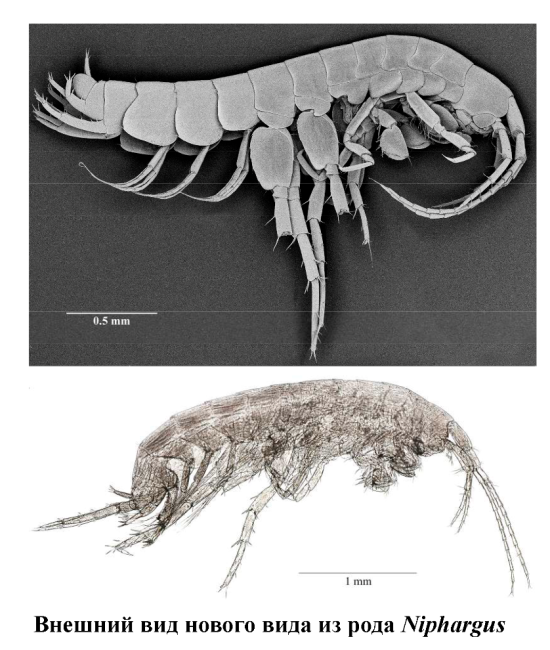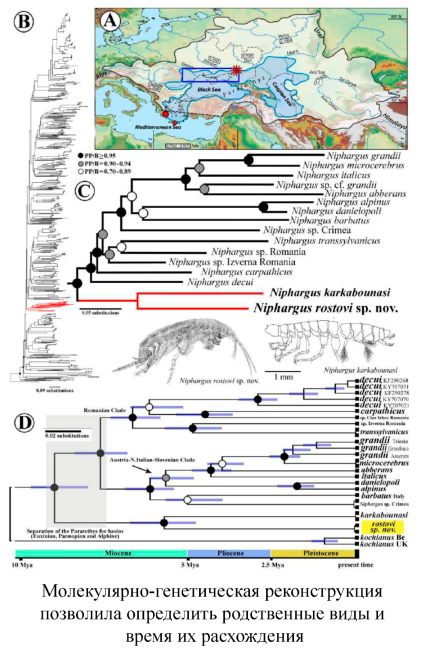The discovery of several new species of stygobiotic crustaceans allowed scientists from the Institute of Ecology and Evolution of the Russian Academy of Sciences to suggest that a glacial refugium existed at the mouth of the Don River, along with the South Caucasus (Colchis) and the southern Caspian Sea (Hyrcania), where many species survived several periods of glaciation, starting in the late Miocene. The work was published in Diversity magazine.
Unlike previous data, which were based on the analysis of endemic but free-living fish and shellfish, the new data are based on the findings of several stygobiont crustaceans that are not capable of dispersing over long distances. Like most underground/stygobiotic animals, the discovered crustaceans are well adapted to ecologically narrow stygobiontic/underground conditions, and are not able to survive beyond them, since they are very sensitive to environmental changes (stenobiontic).
In a small spring on the bank of the Kiziterinka River within the city of Rostov-on-Don at the mouth of the Don River, scientists from the Institute of Ecology and Evolution of the Russian Academy of Sciences described a new species of stygobiotic crustaceans from the genus Niphargus Schiödte, 1849 (Amphipoda: Niphargidae). The closest related species lives in northern Greece and the island of Crete. According to the molecular genetic data obtained, these species separated from related forms in the late Miocene, more than 10 million years ago. And, most surprisingly, they were able to survive in these habitats to this day.

It is also interesting that the new Nifargus coexists in the surveyed spring with other stygobiotic amphipods, Diasynurella kiwi Marin & Palatov, 2023 and Pontonyx donensis (Marytnov, 1919) (Amphipoda: Crangonyctidae). Two of the three species in the source examined, D. kiwi and the discovered nifargus, are microcrustaceans with a total body size of less than 3 mm and are among the smallest within their genera and families.
The work presents a table of endemic species found in this area, as well as an analysis of previously published works, which also suggested the presence of a refugia here. The work emphasizes that such habitats require enhanced protection measures, since the organisms inhabiting them are unique.

Related materials:
RAS: "An ancient glacial refugium existed in the northern Black Sea region"
